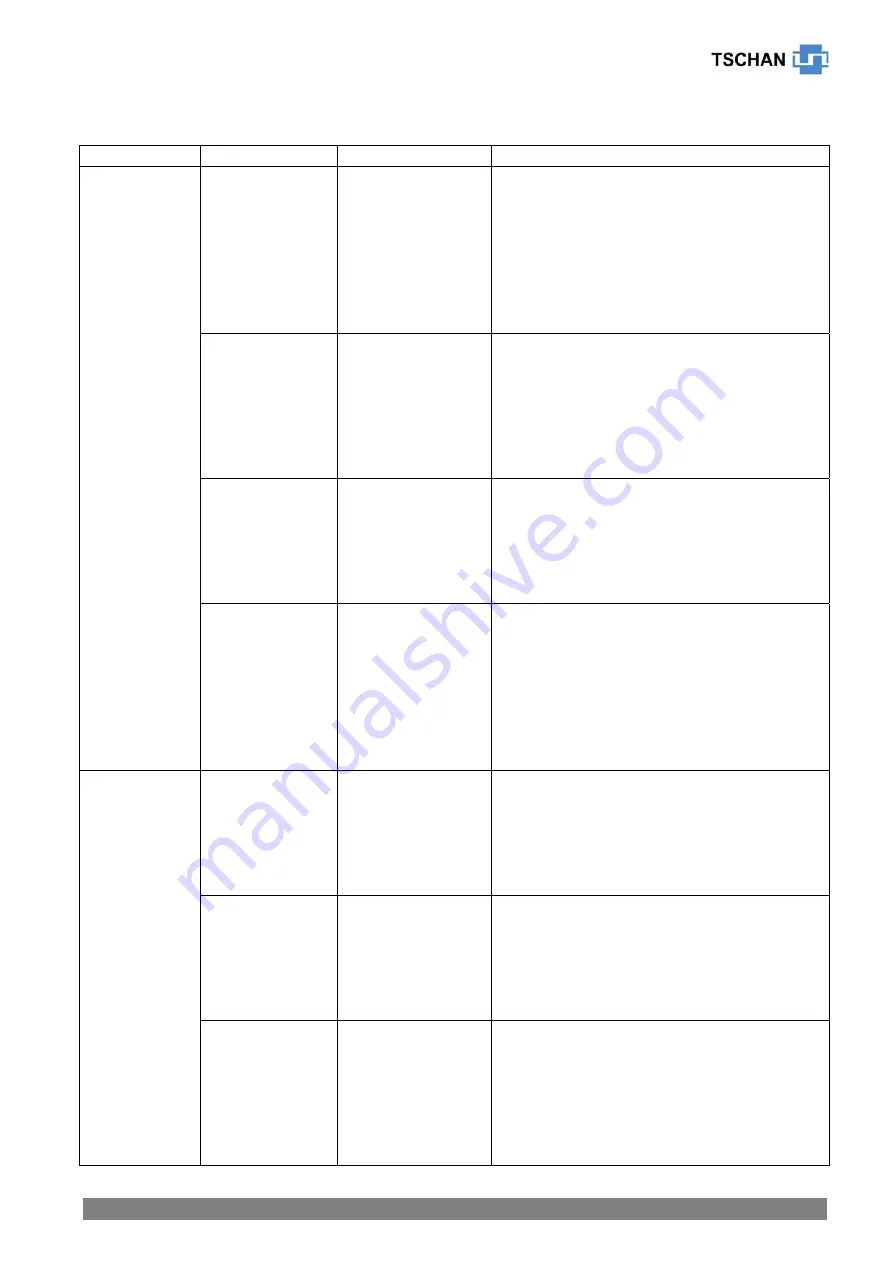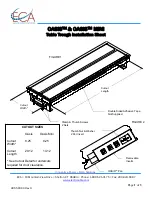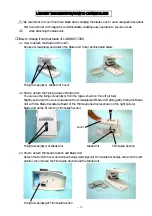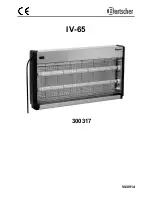
baws002-gbr-0
TSCHAN
®
-S SD-5
- 15 -
Table 5
Operation Faults and Possible Causes:
Trouble
Cause
Risk Warning
Correction
Alignment fault Strong heating of
the coupling.
Rash abrasion of
the elastic
buffers. Extended
reaction forces to
enclosed aggre-
gates.
-
Disconnect drive
-
Remove cause for alignment fault
-
Re-align coupling
-
Inspect elastomer for wear
Elastomer worn
out
Coupling claws
clash together,
risk of ignition
due to spark
formation.
Extended
reaction forces.
-
Disconnect drive
-
Check coupling components for
damages and replace parts, if neces-
sary
-
Replace elastomer
Unbalance
Strong heating of
the coupling.
Rash abrasion of
the elastic
buffers. Extended
reaction forces.
-
Disconnect drive
-
Verify balance state of plant compo-
nents and correct it, if necessary
-
Inspect elastomer for wear
Irregular
running
noises/
vibrations
Loose screw
connections
Loose parts may
fly away and
cause severe
damage.
-
Disconnect drive
-
Check coupling parts for damages,
replace parts, if necessary
-
Verify alignment of coupling
-
Tighten screws to the specified
tightening torque and secure them
against working loose, if necessary,
-
Inspect elastomer for wear
Alignment fault Strong heating of
the coupling.
Extended
reaction forces to
enclosed aggre-
gates.
-
Disconnect drive
-
Remove cause for alignment fault
-
Re-align coupling
-
Inspect elastomer for wear
Unacceptable
temperatures
Material proper-
ties of the elastic
buffers deterio-
rate. The nego-
tiability is dero-
gated.
-
Disconnect drive
-
Replace elastomer
-
Re-align coupling
-
Adjust ambient temperature
Premature
wear of
elastomer
Contact with
aggressive
products
Material proper-
ties of the elastic
buffers deterio-
rate. The nego-
tiability is dero-
gated.
-
Disconnect drive
-
Check coupling parts for damages
and replace parts, if necessary
-
Replace elastomer
-
Verify alignment of coupling
-
Prevent contact with aggressive
products








































